See the evolution of SpaceX rockets in pictures
- Falcon 1
- Developing Falcon 9
- Reusing rockets
- Dragon cargo ship
- Early Dragon flights
- Grasshopper
- Falcon 9 Reusable
- Landing Zone 1
- Ground-based rocket landings
- First drone ship landing
- Falcon Heavy
- Falcon Heavy rocket landings
- Crew Dragon
- Crew Dragon vs. Cargo Dragon
- Crew Dragon test flights
- Falcon Heavy commercial flights
- Falcon 9 Block 5
- Starship and Super Heavy
- Starhopper
- Starship Mk 1
- Crew Dragon Endeavour
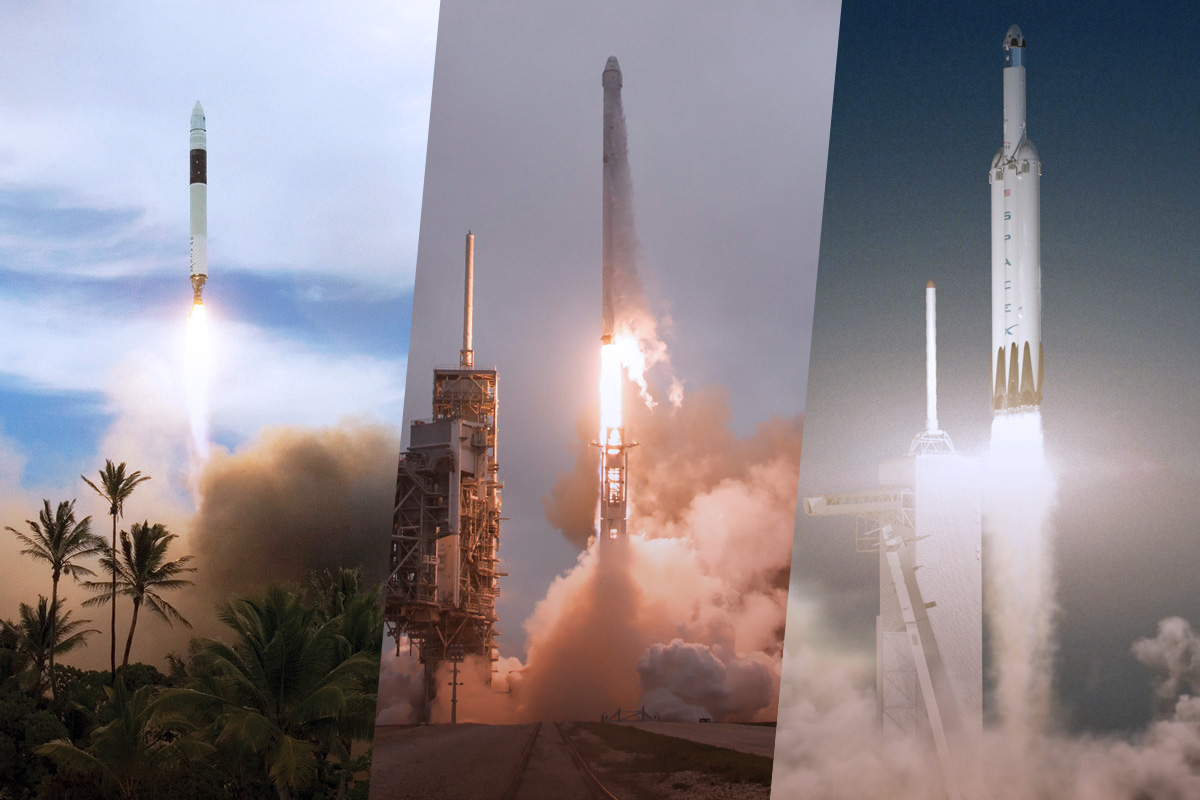
SpaceX was born in 2002, when its founder, billionaire Elon Musk, took the first steps in his grand ambition to send a mission to Mars. Today, the company is way beyond the space startup stage.
The Hawthorne, California-based company regularly reuses rockets, sends cargo missions to the International Space Station with its Dragon spacecraft and will fly astronauts for NASA and others, too. SpaceX has also launched the massive Falcon Heavy and has plans for an even larger rocket to reach the moon, Mars and beyond: the Starship and its Super Heavy booster.
Read more about SpaceX's history of rockets and spacecraft development in the following slideshow.
Editor's note: This story, first published May, 10 2018, was updated on May 20, 2020.
Falcon 1: SpaceX's first rocket
The Falcon 1 was the first rocket manufactured by SpaceX. It had a proposed capacity to carry 670 kilograms (1,480 lbs.) to low Earth orbit, and it flew between 2006 and 2009.
After three launch failures, Falcon 1 sent a dummy payload to space on Sept. 29, 2008. Its fifth and final launch, on July 14, 2009, sent RazakSAT, a Malaysian Earth-observation satellite, into orbit.

Falcon 1 rockets launched from Omelek Island, part of the Kwajalein Atoll in the Pacific Ocean. The 68 feet tall (21 meters) rocket was powered by a single engine (hence the "1" in its name) and ran on liquid oxygen and rocket-grade kerosene.
And in case you're wondering, Musk named the Falcon rockets after the Millennium Falcon ship from "Star Wars."
Developing Falcon 9: SpaceX's rocket sequel to Falcon 1
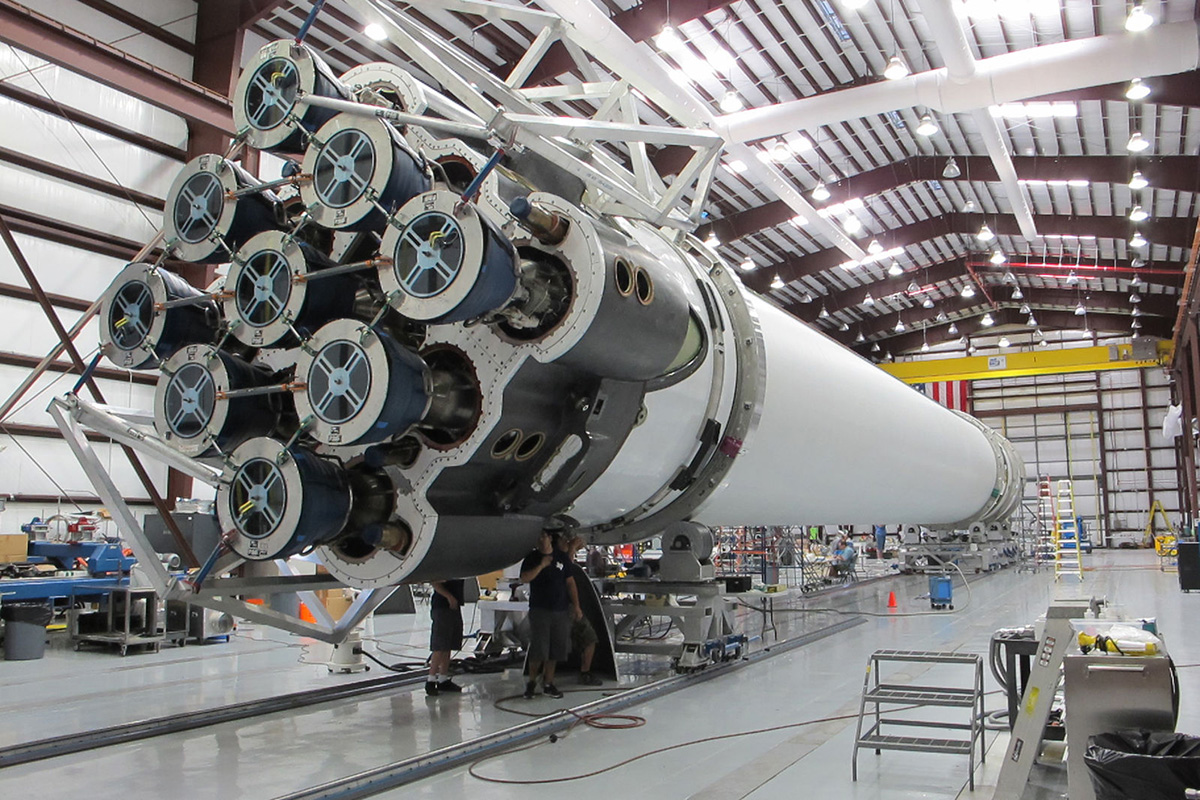
SpaceX soon received interest from several companies looking for a heavier-lift rocket. The company had considered developing an intermediary rocket called the Falcon 5, but instead skipped ahead and began work on the Falcon 9 (because its first stage used a cluster of nine engines.
This rocket can send a payload to low Earth orbit weighing up to 28,991 lbs. (13,150 kg). It is a two-stage rocket that at stands 230 feet (70 meters) tall and is 12 feet (3.7 m) wide. SpaceX first advertised plans for the Falcon 9 in 2005 and sent the debut Falcon 9 aloft on June 7, 2010, from Cape Canaveral Air Force Station in Florida.
Early customers of the rocket included Bigelow Aerospace; Avanti Communications; and MacDonald, Dettwiler and Associates.
Reusing rockets: SpaceX's goal to reduce space costs
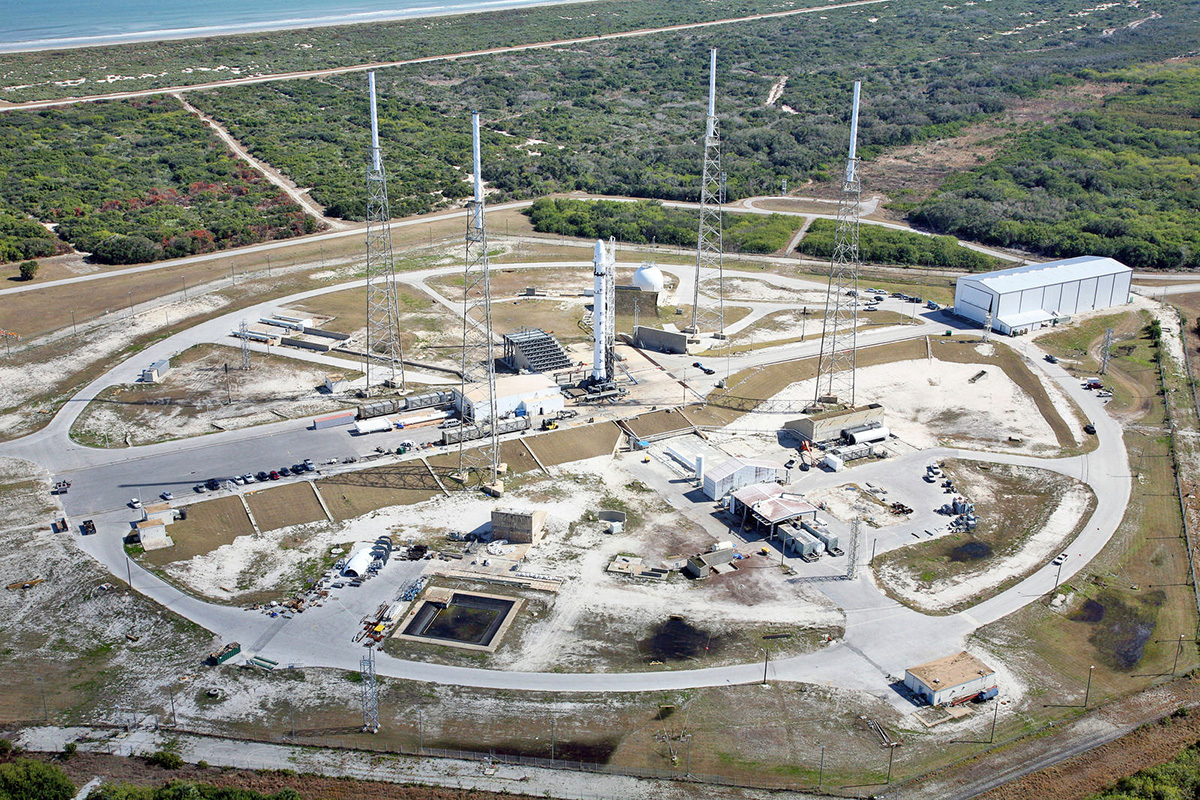
Right from the beginning of Falcon 9's history, SpaceX was interested in reusing the first stage of the rocket to save on launch costs.
Early tests of the landing were unsuccessful, however. SpaceX made attempts on the first, second and sixth launches of the Falcon 9 to control the booster's landing, but in each case, the stage slammed down into the ocean. You can watch a supercut of those failed landings from SpaceX below.
SpaceX finally achieved a controlled ocean landing on Falcon 9's ninth launch (the fourth controlled-landing attempt), on April 18, 2014. This was an important stepping stone in the path to eventual reusability.
The first successful landing of a Falcon 9 rocket occurred on Dec. 21, 2015 at Landing Zone 1, a SpaceX pad at the Cape Canaveral Air Force Station in Florida.
Dragon dreams: SpaceX's first space capsule
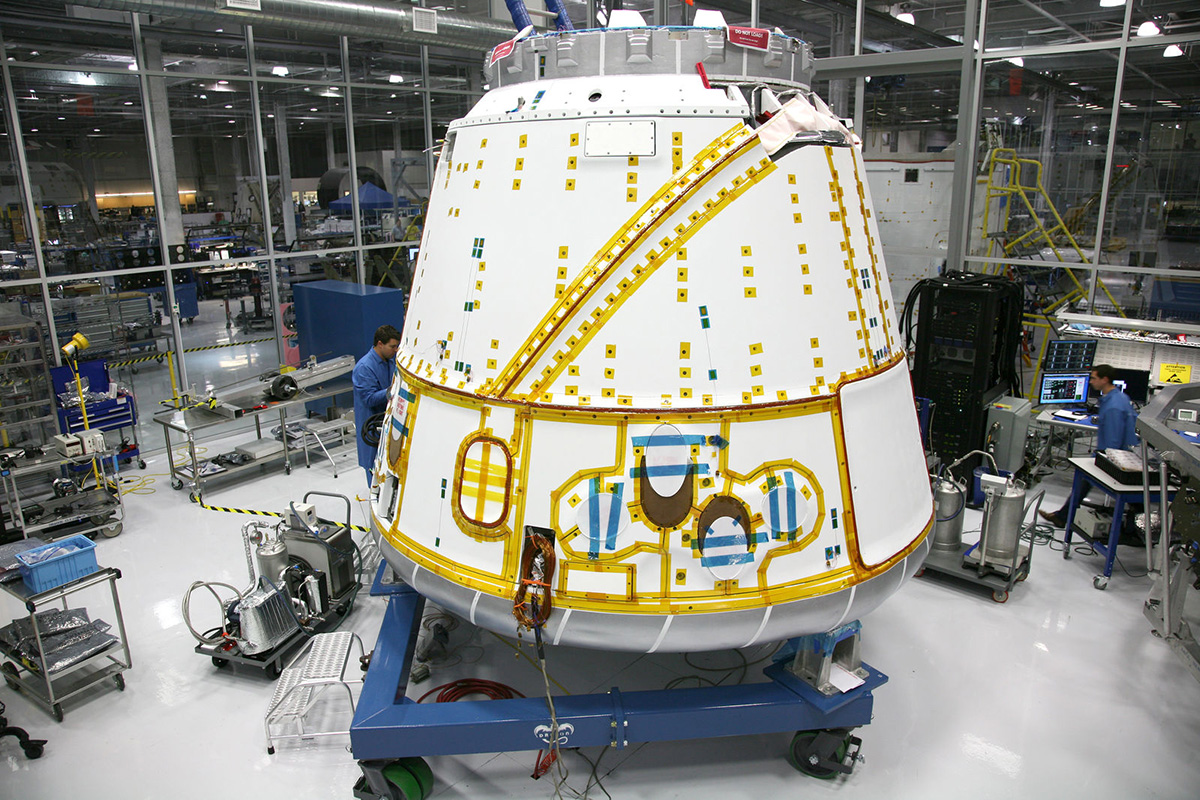
SpaceX kept the first 18 months of the Dragon cargo ship's development under wraps. Then, in March 2006, the company officially made Dragon public when the company submitted a proposal for NASA's Commercial Orbital Transportation Services (COTS) demonstration program. The ultimate goal was to develop a private spacecraft to ferry cargo to the International Space Station.
After Spacex hit several milestones, NASA selected SpaceX's Dragon in December 2008 to be one of the companies providing commercial resupply services to the space station. (The other company was Orbital Sciences, which later became Orbital ATK and now Northrop Grumman.)
SpaceX's contract value at that time was a minimum of $1.6 billion, with options to extend to $3.1 billion; the company has since received a new contract for cargo launch services.
Musk has confirmed that he named Dragon after "Puff the Magic Dragon.
Early Dragon flights: SpaceX begins NASA work
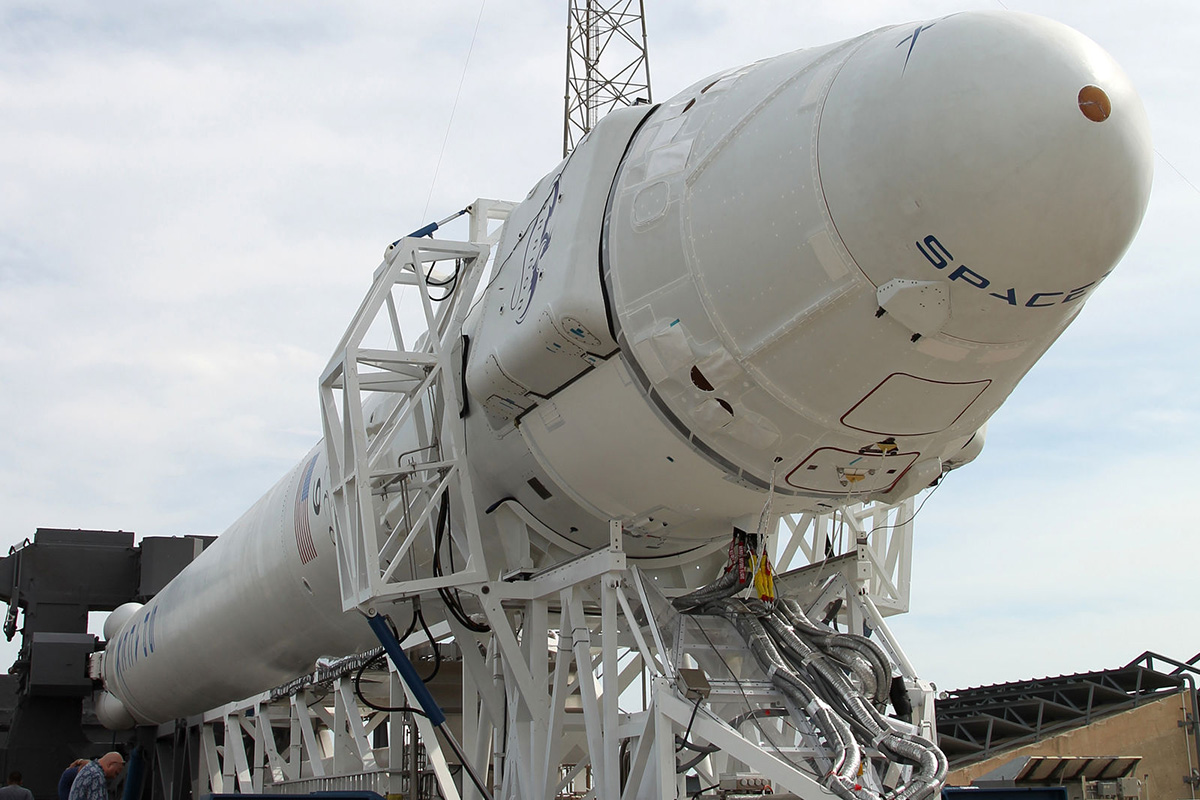
Dragon made a successful maiden flight on Dec. 8, 2010, from Cape Canaveral Air Force Station. Then, on May 22, 2012, Dragon launched for an important test: an attempt to berth the spacecraft with the International Space Station.
Dragon made it to the station safely on May 25 of that year, despite experiencing some problems with a laser system that was supposed to judge the craft's distance to the orbiting complex. The milestone prompted worldwide acclaim. It was the first time a private spacecraft docked with the space station.
SpaceX has since upgraded its uncrewed Dragon cargo ships to be reusable for at least two flights.
Grasshopper: SpaceX tests rocket reusability
Grasshopper was a 100-foot-tall rocket prototype flown at SpaceX's McGregor, Texas, proving grounds to give the company more experience in landing boosters vertically.
While Grasshopper did not get as much media attention as SpaceX's other programs, it was key to furthering the development of Falcon 9's reusable first stage.
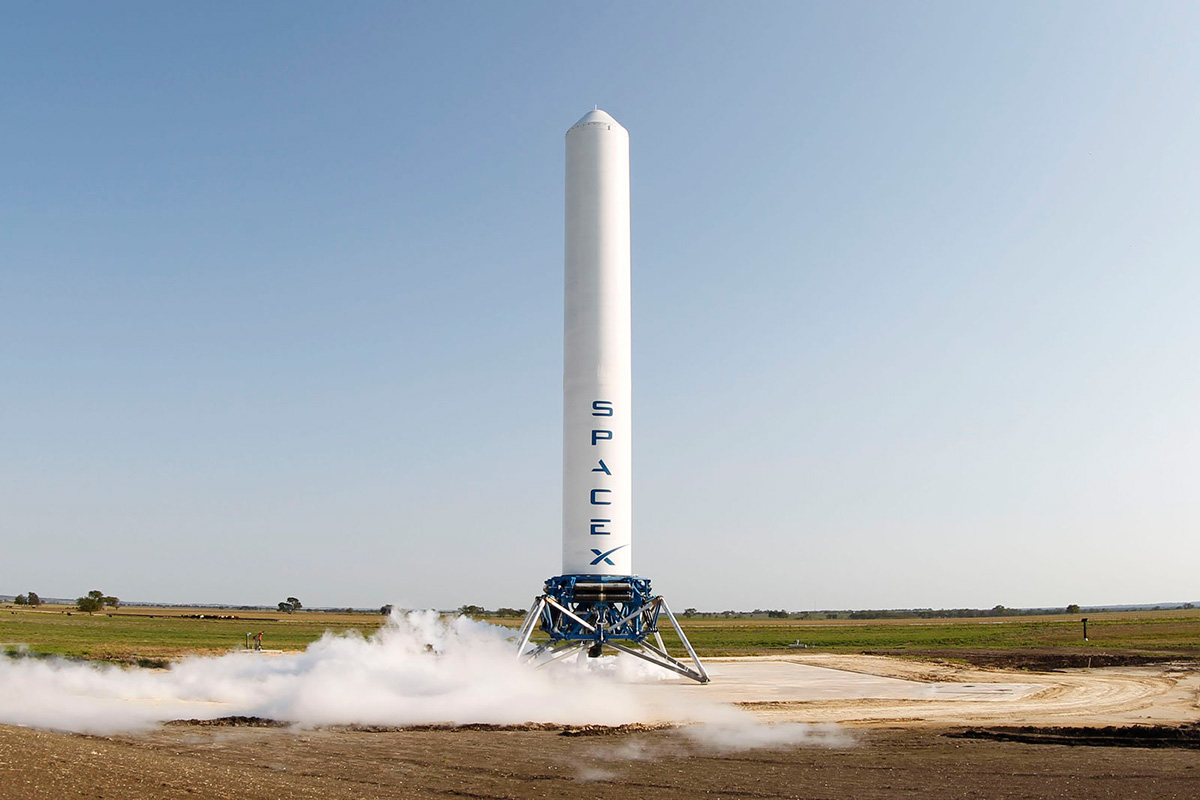
The Grasshopper rocket made eight test flights between 2012 and 2013, with the final flight seeing Grasshopper soar to 2,440 feet (744 meters).
The Grasshopper program was then retired so SpaceX could focus more resources on Falcon 9's development.
Falcon 9 Reusable: The F9R development rocket
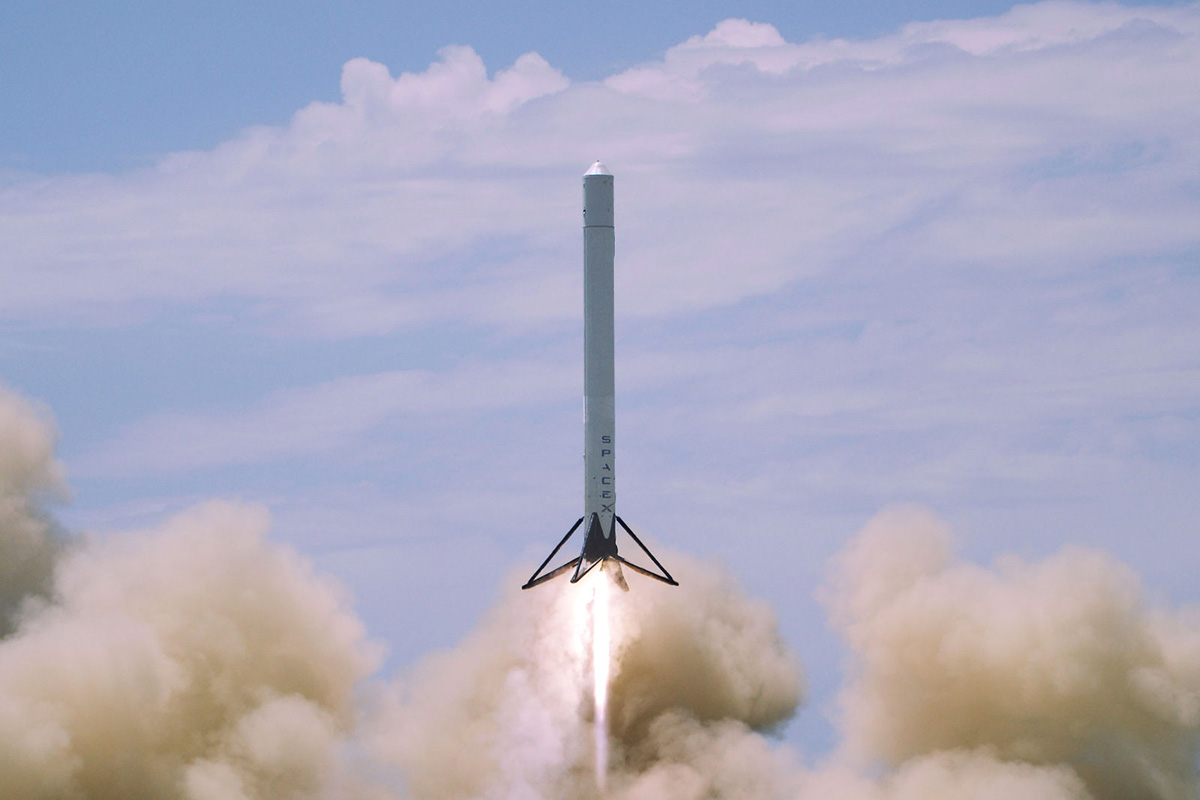
SpaceX announced the Falcon 9 Reusable Development Vehicle in 2012, which was based on the first stage of the Falcon 9.
The company made five flights of this system at the SpaceX McGregor site between April and August 2014, with the maximum altitude on some flights exceeding 3,280 feet (1,000 m).
The last booster, which launched on Aug. 22, 2014, exploded due to a blocked sensor.
Landing Zone 1: SpaceX's first rocket landing pad
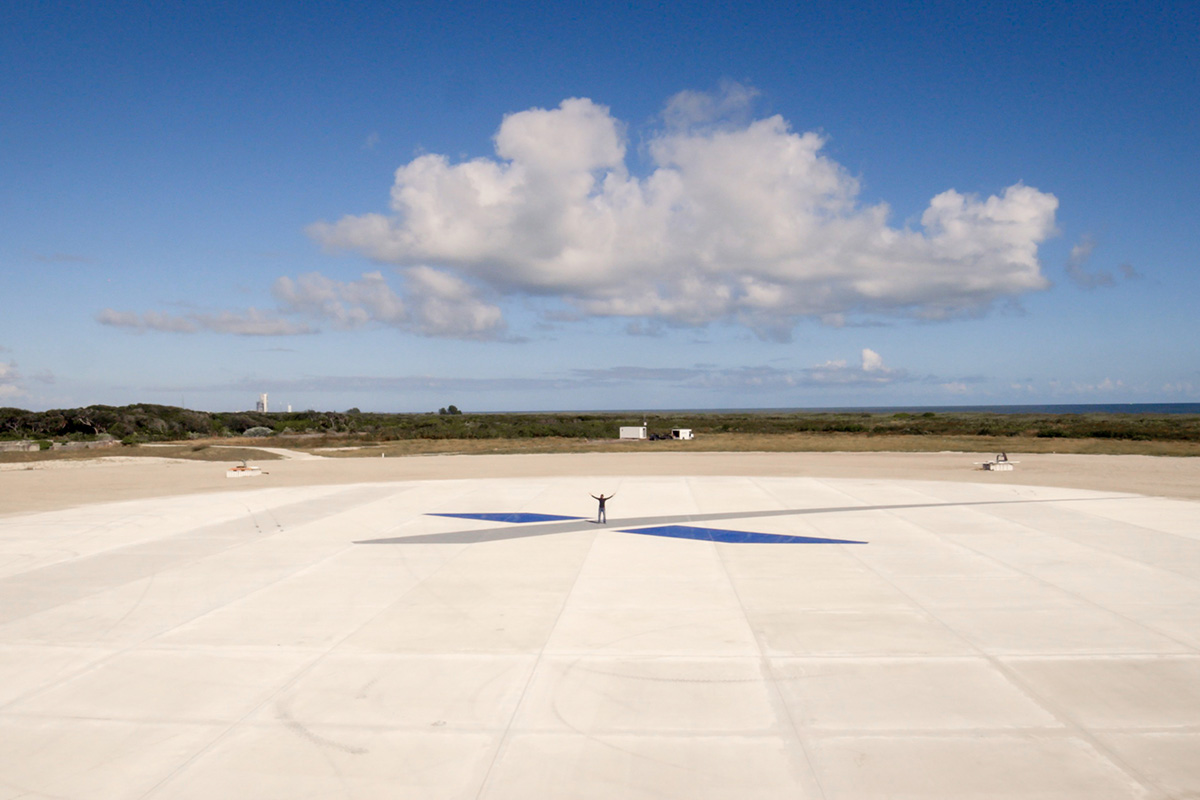
This picture shows Landing Zone 1, a ground landing zone for the Falcon 9's first stage at Cape Canaveral Air Force Station. This is where SpaceX made the first of its controlled ground landings, on Dec. 21, 2015.
The company built the pad on land leased from the U.S. Air Force on Cape Canaveral Air Force Station. (Landing Zone 1 is on land that used to host Launch Complex 13.) This landing was extra-sweet because the previous Falcon 9 flight, in June 2015, ended catastrophically with an explosion.
Ground-based rocket landings for Falcon 9
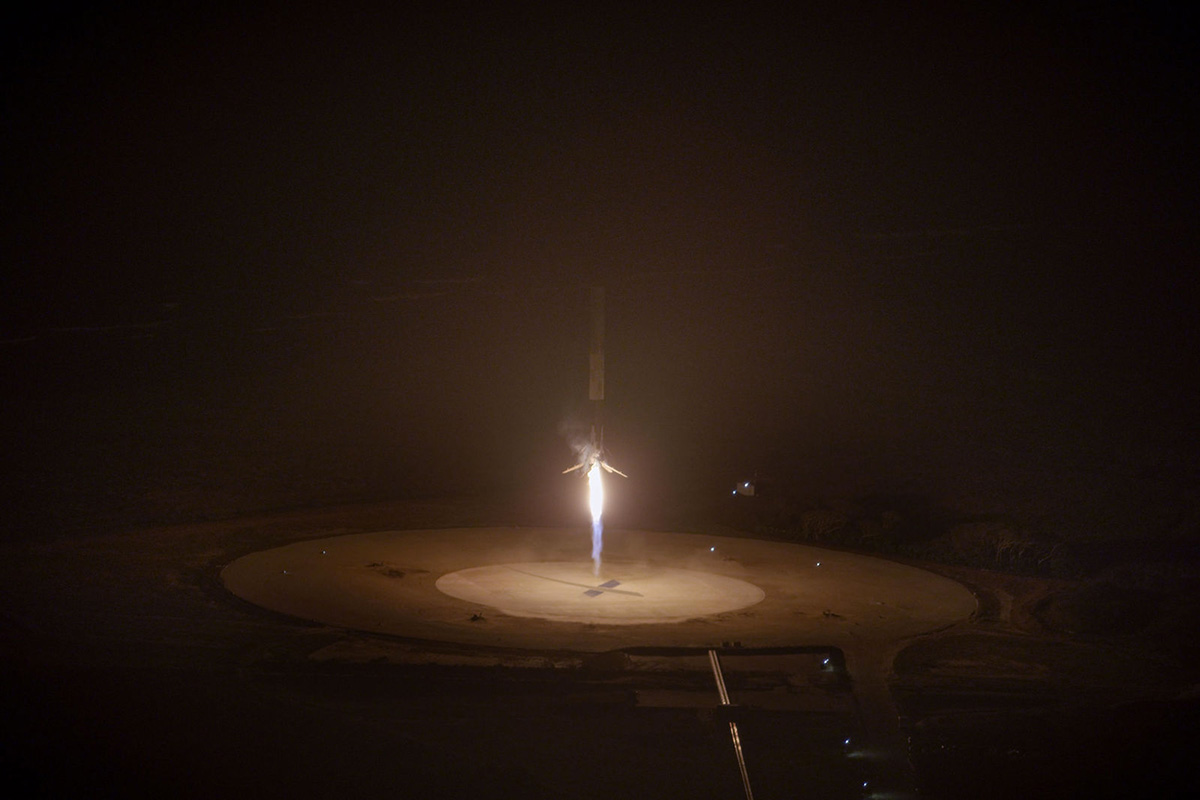
SpaceX's first successful Falcon 9 landing in Landing Zone 1, on Dec. 21, 2015, was hailed as a milestone for rocket reusability. However, the company still tried to improve on that achievement.
SpaceX experienced a mix of successful and failed ocean landings in 2014 and 2015.
SpaceX's Epic Falcon 9 Rocket Landing in Pictures
In 2015, SpaceX was also trying to land on drone ships in the ocean. While these landings kept ending with failure, Musk would post the videos and pictures on his Twitter feed, acknowledging mistakes made, and the company would work on improving for the next flight.
SpaceX's 1st drone ship landing
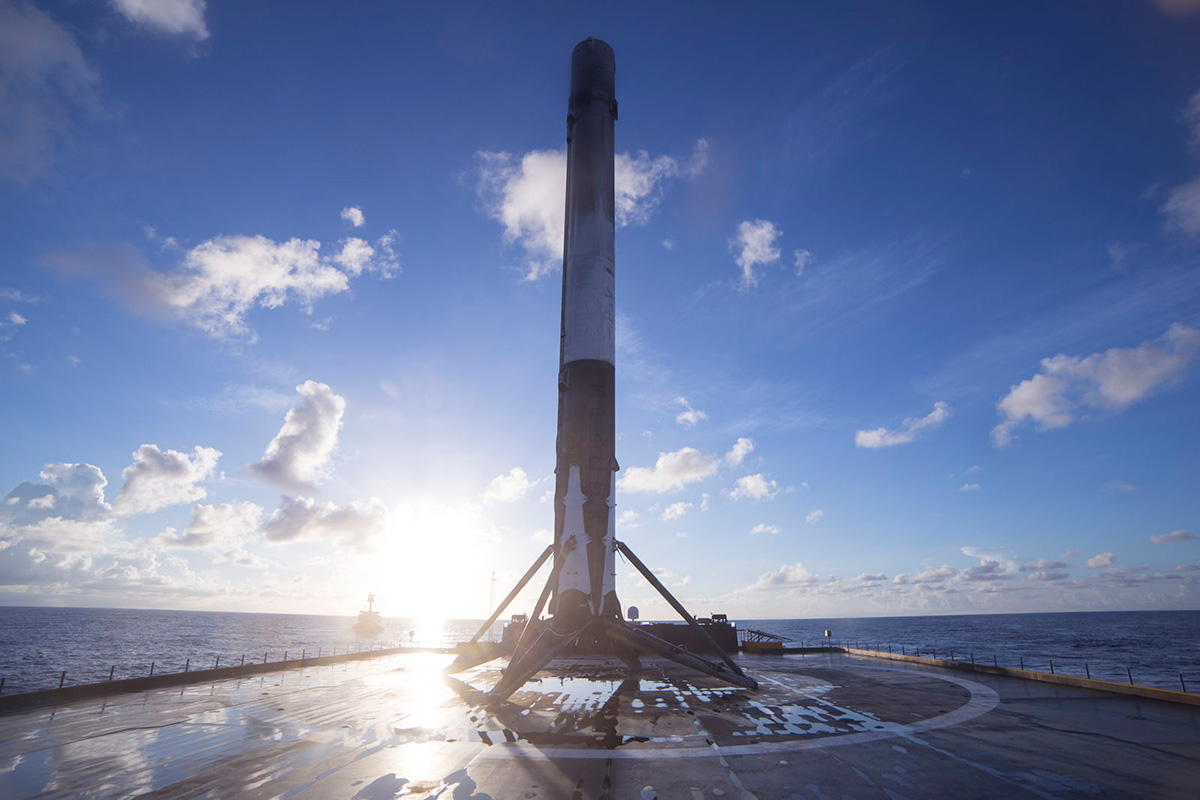
The persistence exhibited by Musk and his employees finally paid off on April 8, 2016, when a Falcon 9 first stage touched down softly on a drone ship called "Of Course I Still Love You" in the Atlantic Ocean. The Dragon spacecraft that this Falcon 9 carried aloft also had a milestone flight, delivering an inflatable module — the Bigelow Expandable Activity Module — to the International Space Station.
SpaceX's success rate with drone landings improved drastically after the April 2016 flight, although some boosters still missed the mark from time to time. The company's Falcon 9 flight success rate is also strong; its last failure, in September 2016, saw a rocket explode on the launch pad before taking off.
SpaceX has a second drone ship, "Just Read the Instructions," which is used for Pacific Ocean landings after launches from Vandenberg Air Force Station in California. Both ships are named for fictional starships in the science fiction books of Iain M. Banks.
Falcon Heavy: SpaceX's first heavy-lift rocket
SpaceX's Falcon Heavy rocket, a heavy-lift version of the Falcon series, made its successful debut flight on Feb. 6, 2018, launching from NASA's Pad 39A at the Kennedy Space Center in Florida.
The Falcon Heavy is currently the most powerful rocket in use today. It consists of three first-stage core boosters based on SpaceX's workhorse Falcon 9 rocket and a powerful upper stage.
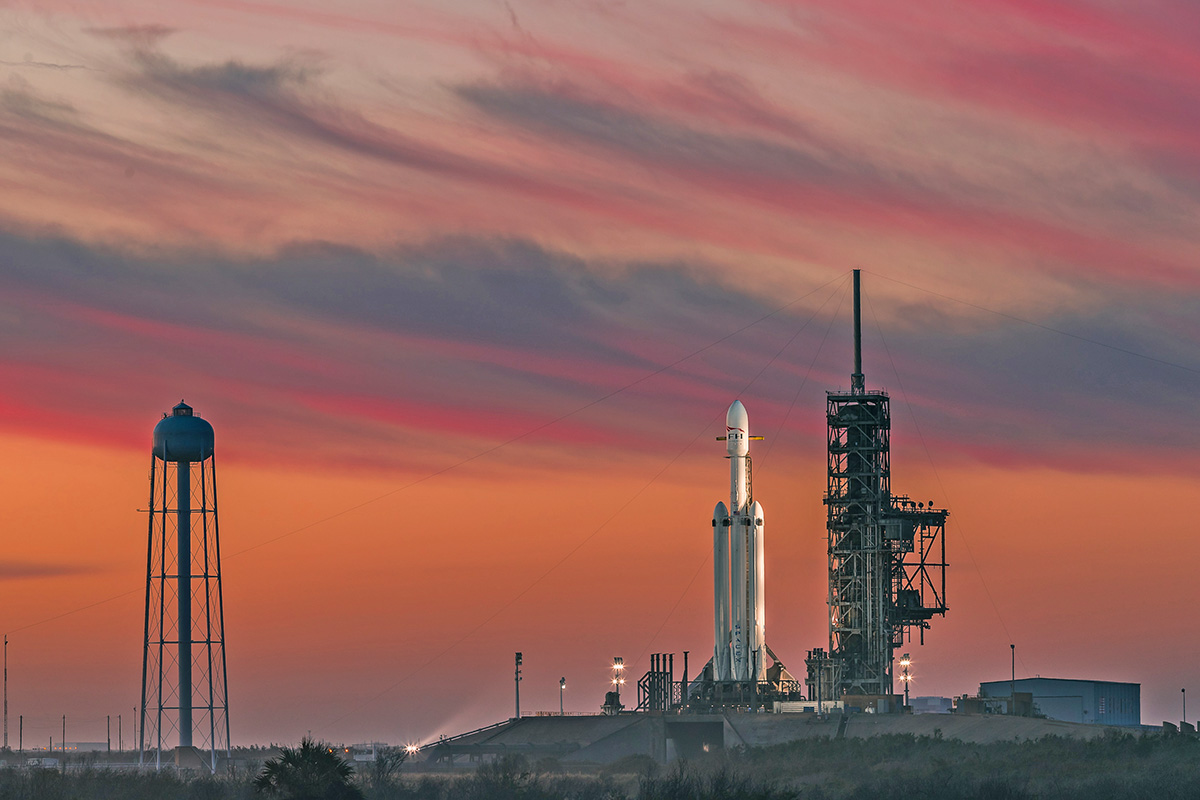
The rocket successfully launched a Tesla car into space and a spacesuit clad mannequin called Starman on its first flight. (Musk is also the CEO of Tesla Motors.) The Falcon Heavy is 230 feet tall (70 m) and can lift nearly 141,000 lbs. (64 metric tons) of payload to low Earth orbit.
This is twice what its closest competitor, the United Launch Alliance's Delta IV Heavy, can hoist into orbit.
Falcon Heavy rocket landings: SpaceX's ballet
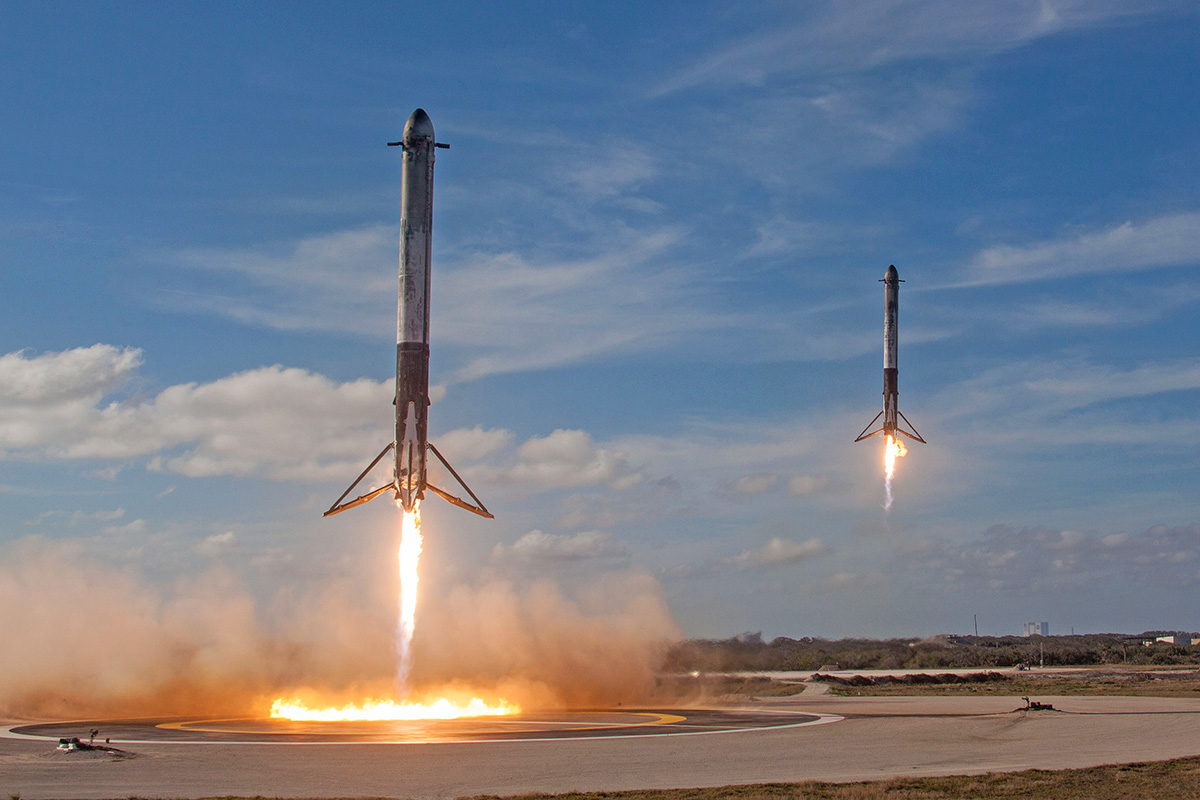
This picture shows Falcon Heavy's twin side boosters landing successfully after the rocket's maiden flight, on Feb. 6, 2018.
While the booster stages touched down safely at Landing Zones 1 and 2 at Cape Canaveral Air Force Station, near the Kennedy Space Center, the rocket's core stage hit the ocean at high speed.
The rocket stage carrying the Tesla car underwent one last burn to send the car toward the orbit of Mars. However, as Space.com sister site Live Science reported, radiation could destroy the car within a year.
Crew Dragon: SpaceX's new astronaut capsule
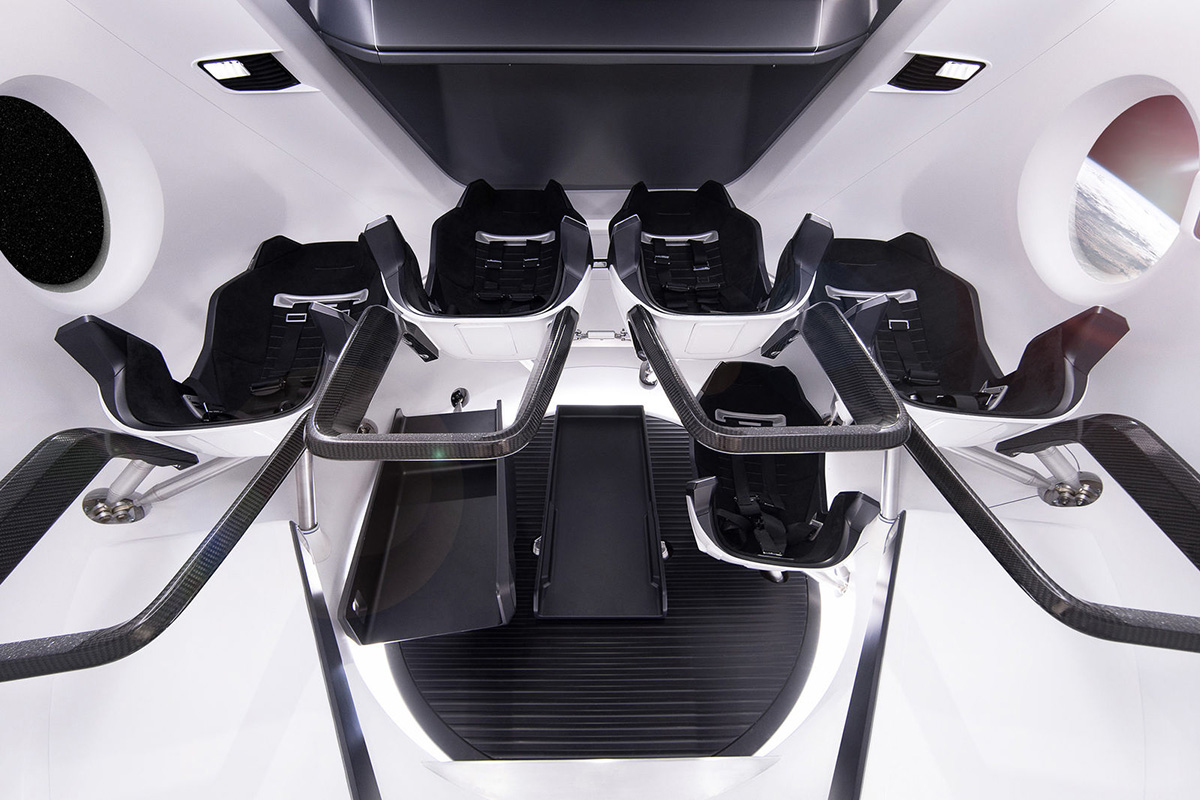
While launching commercial missions, SpaceX also began developing a human-rated version of the Dragon spacecraft to bring astronauts to the International Space Station.
The company received a contract in 2014 valued at a maximum of $2.6 billion for these launch services. In September 2015, SpaceX showed the world the inside of the crew quarters. The minimalist design has white walls, black bucket seats, several flat-panel displays and four windows for passengers to see outside.
The first uncrewed Crew Dragon test flight launched in March 2019 on a succesful trip to the International Space Station and back.
SpaceX's Crew Dragon vs. Cargo Dragon
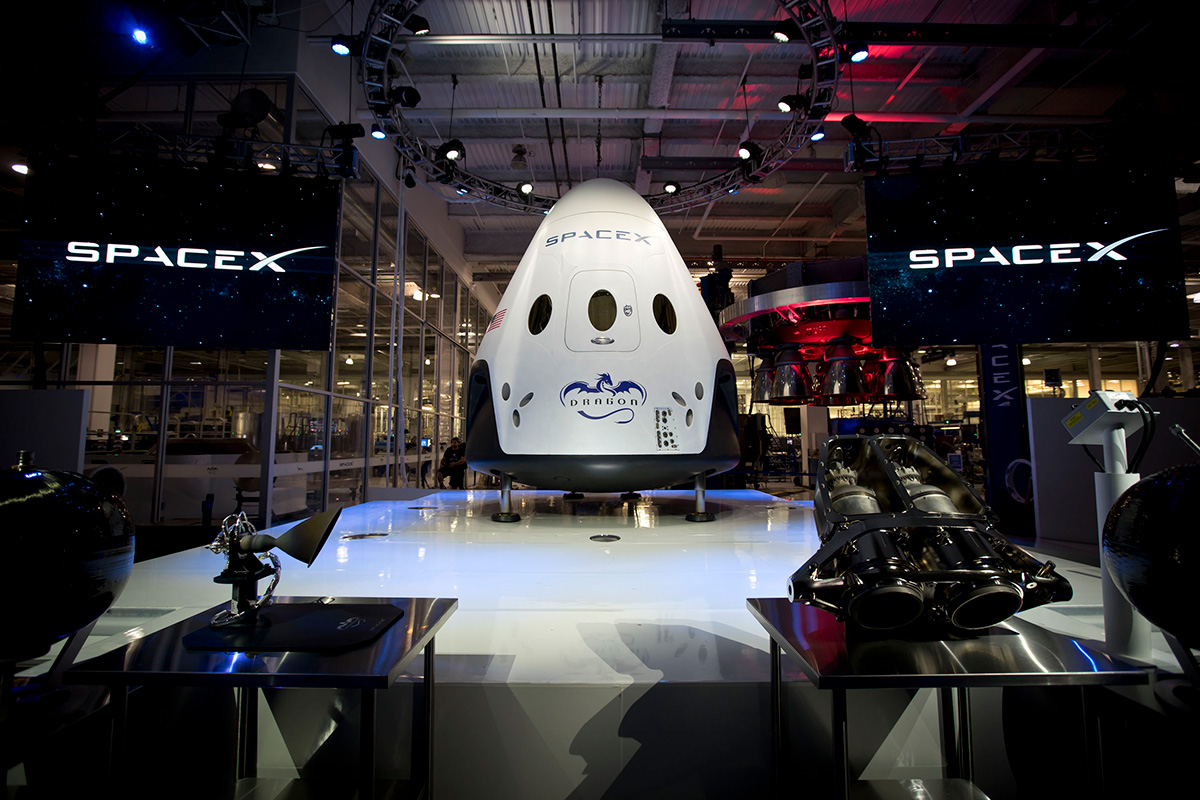
SpaceX intended that the crew and cargo versions of Dragon be very similar, in order to speed up development of the crewed ship.
"This commonality simplifies the human-rating process, allowing systems critical to crew and space station safety to be fully tested on unmanned cargo flights.," SpaceX stated.
SpaceX Crew Dragon test flights
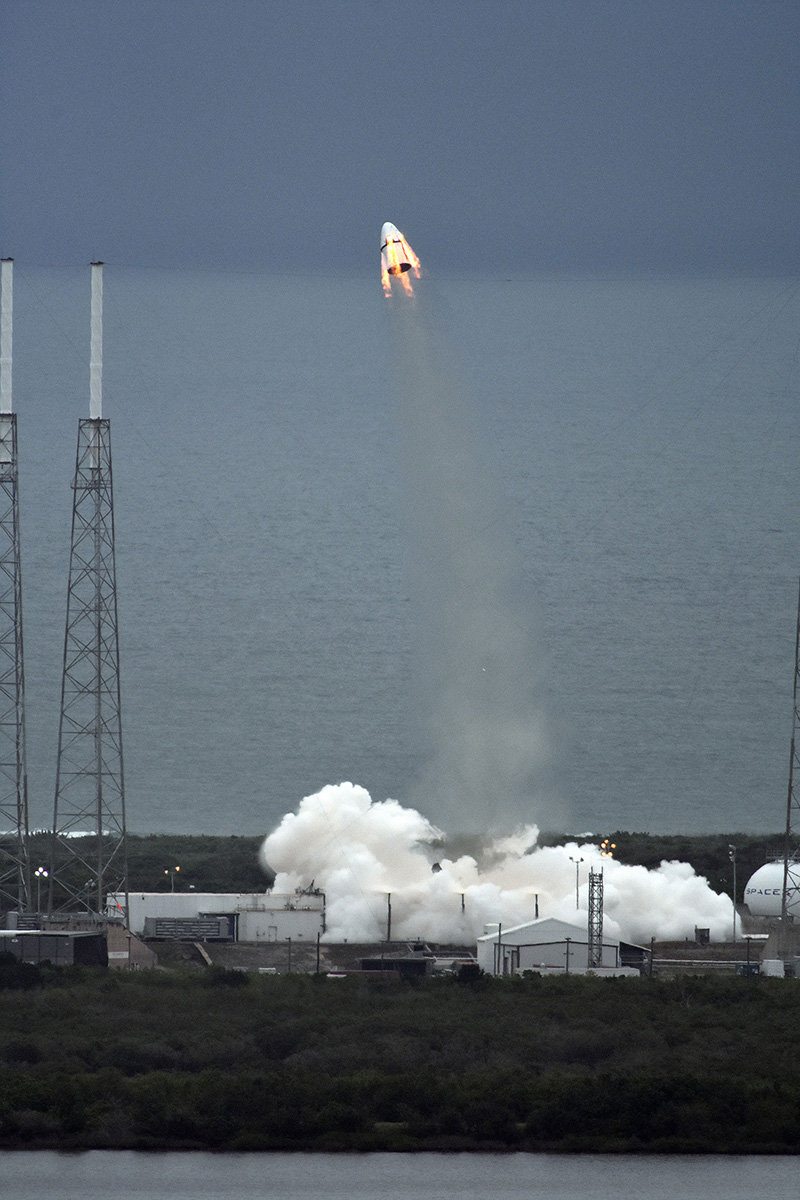
SpaceX is hard at work on developing the crewed Dragon for two commercial crew test-flights, which will fly no earlier than spring 2020.
NASA is trying to wean itself off dependence on the Russian Soyuz vehicle that currently ferries all astronauts to the International Space Station. Each astronaut seat on the Soyuz costs NASA millions of dollars.
Also, the agency tries to use U.S. launch services for launch when possible. The last crewed launch from U.S. soil took place in 2011, during the last flight of the space shuttle program.
SpaceX's Falcon Heavy enters service
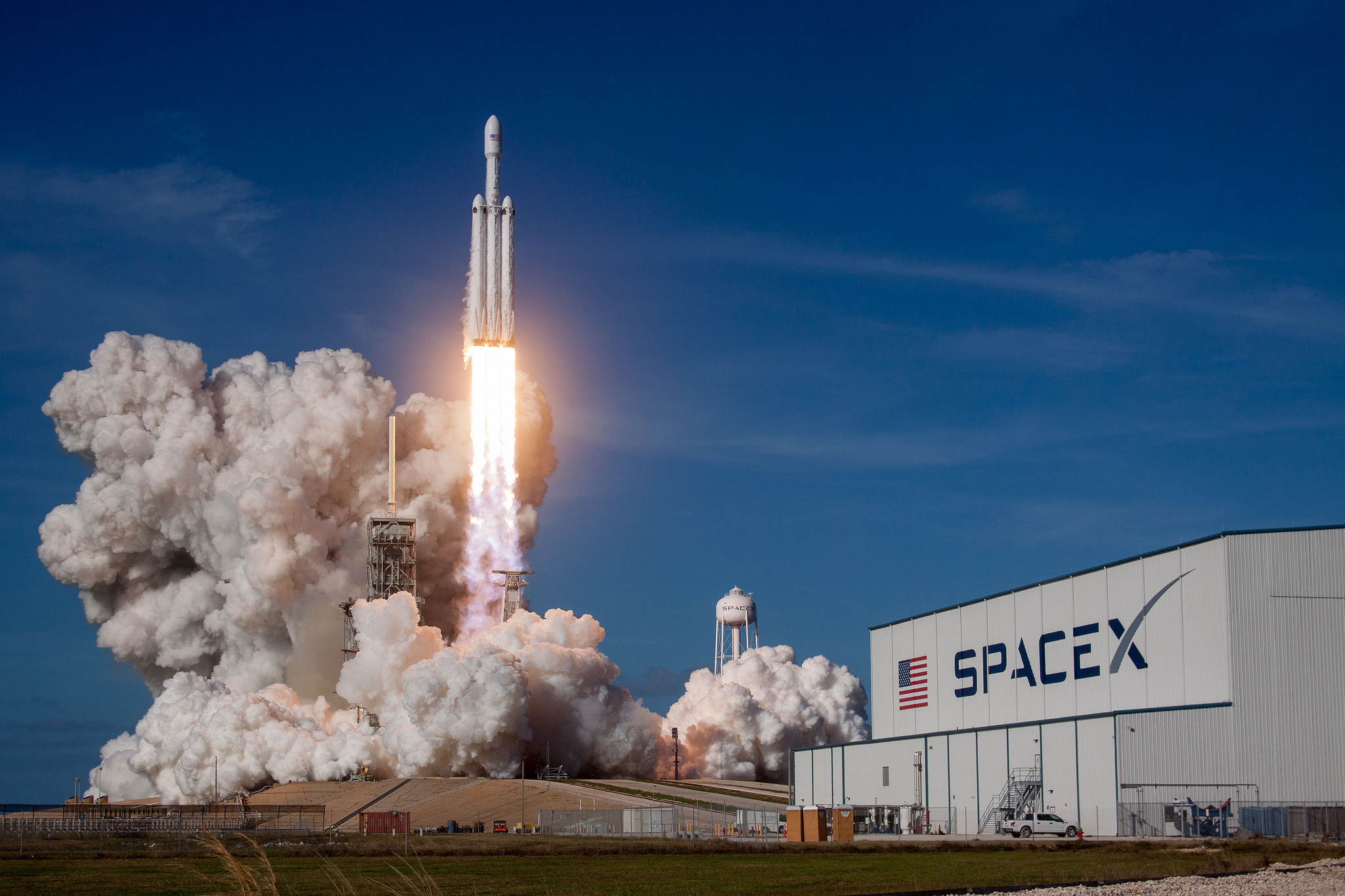
Falcon Heavy launches are sold for about $90 million apiece, compared with $62 million for Falcon 9 launches.
SpaceX has launched two more Falcon Heavy missions in 2019: one carrying the Arabsat 6A communications satellite in April and the other hoisting Space Test Program 2 for the U.S. Air Force (along with the Planetary Society's LightSail 2) in June of that year.
SpaceX unveils Falcon 9 Block 5
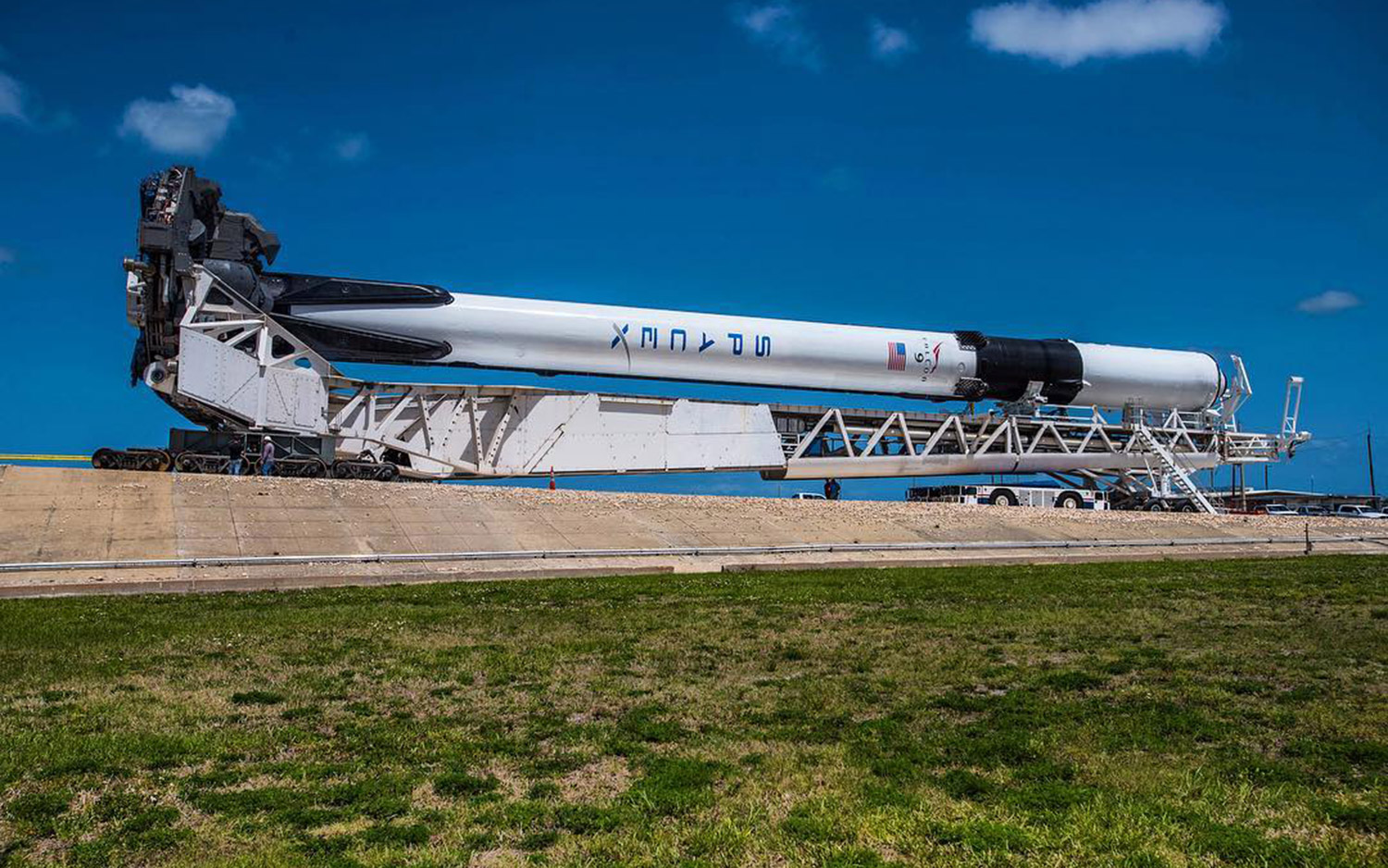
In May 2018, SpaceX unveiled the fifth and final version of the company's Falcon 9 rocket: the Block 5 booster. Designed for maximum reusability (the target is at least 10 flights), this booster will launch astronauts into space on Dragon capsules for NASA.
The first Falcon 9 Block 5 rocket was built to launch Bangabandhu-1, the first communications satellite for the country of Bangladesh. That mission launched in May 2018, with the Block 5 booster used on that flight later launching an Indonesian satellite in August of 2018.
Starship and Super Heavy: SpaceX's megarocket
In September 2019, SpaceX founder Elon Musk announced a completely new vehicle for his company: a fully reusable, massive rocket and booster designed to eventually launch people to Mars. And so, the Starship and Super Heavy were born.
Originally called the Interplanetary Transport System, and later Big Falcon Rocket (or Big F****** Rocket, as Musk has hinted), the futuristic system intended for Mars exploration, but could be applied to the moon, other deep-space destinations and point-point trips around Earth.
Musk has tweaked the design several times over the last few years, rolling out different specifications in 2017 and 2018, ultimately settling on a design in 2019.
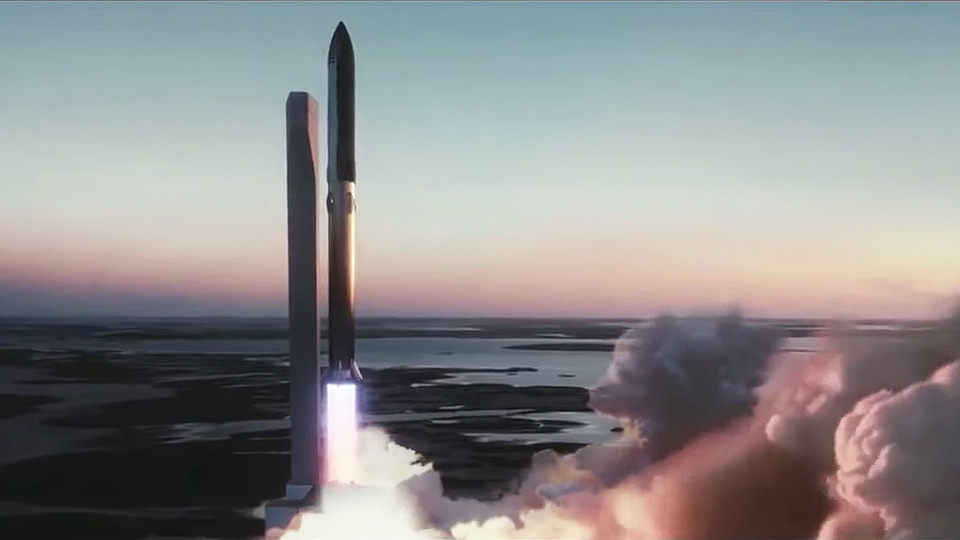
In its current configurations, the Starship and its Super Heavy booster will stand 387 feet (118 m) tall (including the spaceship) and capable of bringing 110 tons (100 metric tons) to low Earth orbit.
Each rocket will carry about 100 people, and the rocket will be fully reusable. Musk said he plans to use this rocket in fleets, bringing hundreds or thousands of passengers at a time to Mars. In the 2020s, Musk plans to halt all Falcon lines except for Super Heavy, which would perform all sorts of missions. Destinations would range from Mars to the International Space Station to orbits that would launch satellites near Earth.
Starhopper: SpaceX's testbed for Starship
In 2019, SpaceX launched Starhopper, a prototype for its Starship, in a series of test hops at the company's launch site in Boca Chica, Texas.
Starhopper is the Starship-equivalent of the Grasshopper prototype SpaceX used to develop the technology behind its reusable Falcon 9 rockets. Made of stainless steel, the squat, three-legged vehicle carried a single Raptor rocket engine and made a series of test firings and tethered hops that culminated in a single grand hop on Aug. 27, 2019.

During that big hop, Starhopper lifted off from a SpaceX pad, reached an altitude of about 500 feet (150 m) and translated sideways to a landing pad a short distance away. The entire flight took about one minute.
After that hop, the fourth and biggest test for Starhopper, SpaceX retired the vehicle and pushed ahead with its Starship project.
Starship Mk 1: SpaceX's first Starship prototype
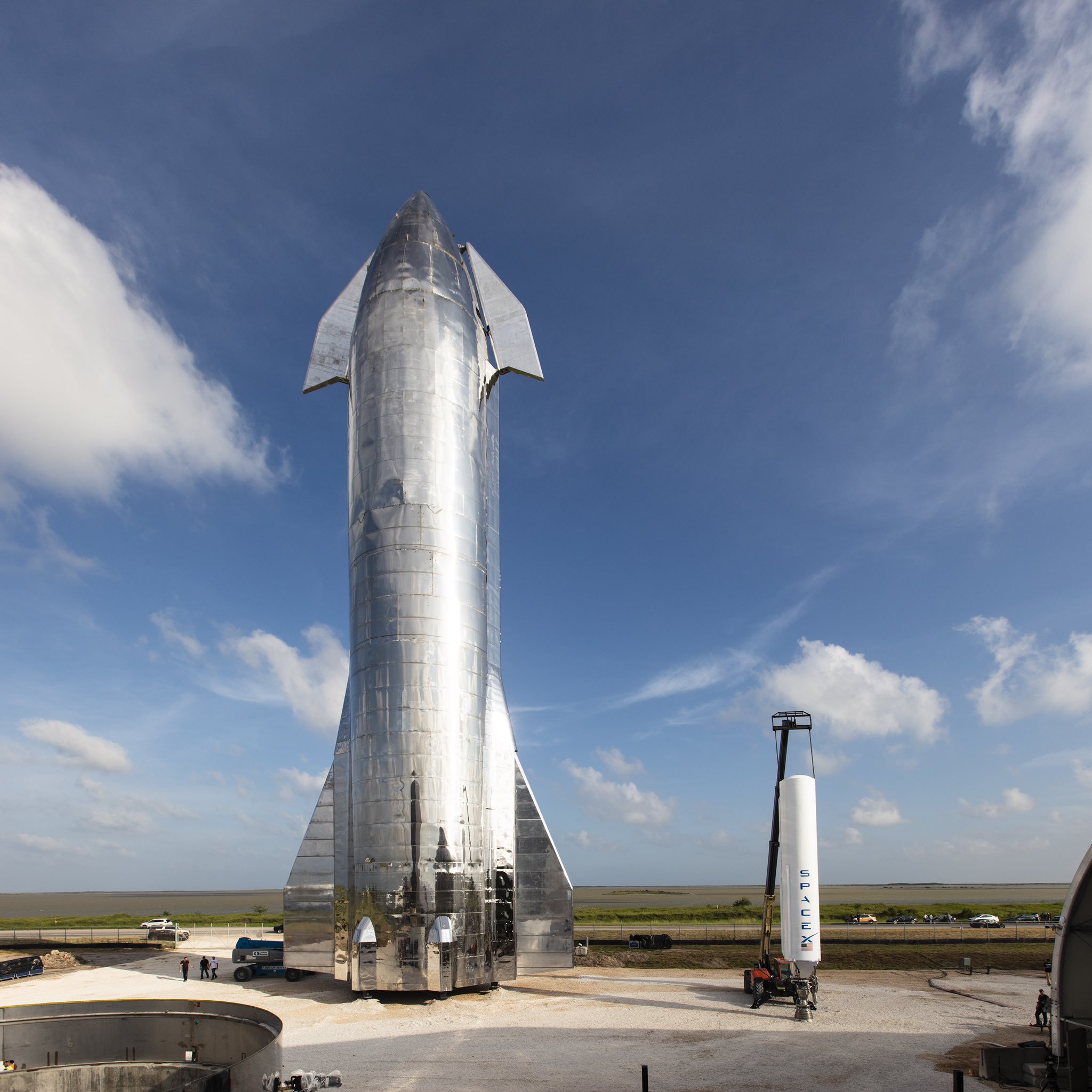
On Sept. 28, 2019, after months of anticipation, SpaceX unveiled its first Starship prototype, the Starship Mark 1 (or Starship Mk1).
Like Starhopper, the Starship Mk1 was assembled at SpaceX's Boca Chica site in Texas and is made of stainless steel. The vehicle reflects more design changes for Starship, with two fins (down from three), and is built for uncrewed test flights only.
In 2019, SpaceX hopes to launch Starship Mk1 on a 12-mile-high test flight, with the goal of reaching orbit in 2020.
SpaceX has since built several versions of the Starship prototypes (the current one is called Starship SN4, or Serial No. 4). SN4 is undergoing tests for a planned "hop" flight in 2020.
Crew Dragon Endeavour: SpaceX's 1st for astronauts
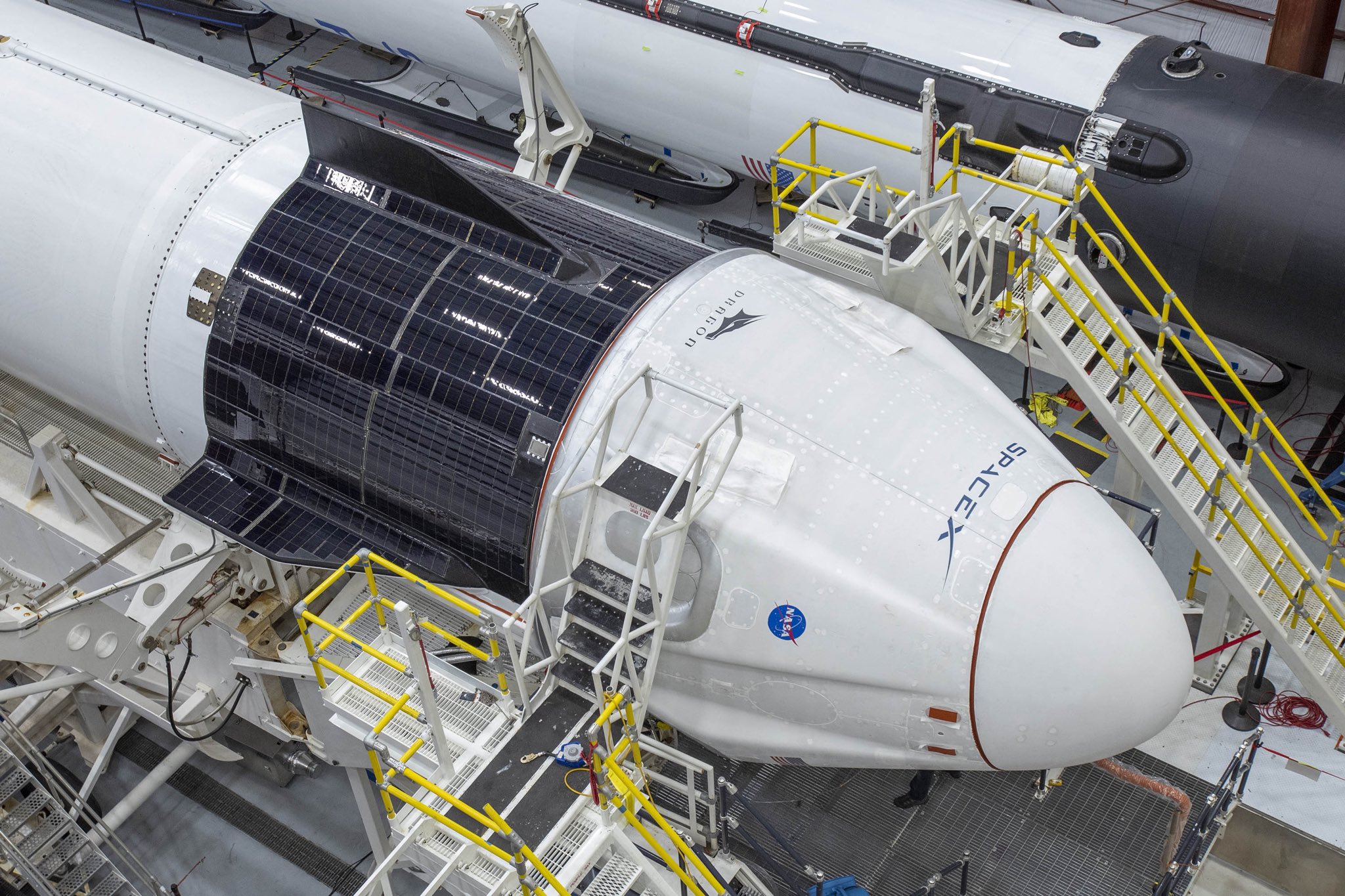
SpaceX's first Crew Dragon to carry astronauts is scheduled to launch May 27. That mission will launch NASA astronauts Bob Behnken and Doug Hurley to the International Space Station on a mission that will last up to four months.
The test flight, called Demo-2, follows a series of other tests. In March 2019, SpaceX flew an unpiloted Crew Dragon test flight to the station under its Demo-1 mission. In January 2020, the company launched an In-Flight Abort test that demonstrated the Crew Dragon's emergency escape system for launch emergencies.
The company has also tested parachutes and other vital systems for Crew Dragon.
Visit here for Space.com's complete coverage of the SpaceX Crew Dragon mission.
Join our Space Forums to keep talking space on the latest missions, night sky and more! And if you have a news tip, correction or comment, let us know at: community@space.com.
Get the Space.com Newsletter
Breaking space news, the latest updates on rocket launches, skywatching events and more!

Elizabeth Howell (she/her), Ph.D., was a staff writer in the spaceflight channel between 2022 and 2024 specializing in Canadian space news. She was contributing writer for Space.com for 10 years from 2012 to 2024. Elizabeth's reporting includes multiple exclusives with the White House, leading world coverage about a lost-and-found space tomato on the International Space Station, witnessing five human spaceflight launches on two continents, flying parabolic, working inside a spacesuit, and participating in a simulated Mars mission. Her latest book, "Why Am I Taller?" (ECW Press, 2022) is co-written with astronaut Dave Williams.
